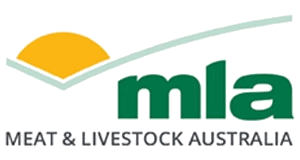A year in review: the Australian sheep and lamb market
A Year in Review: Australian Sheep and Lamb Market 2024
Sydney, 12 December 2024
Australia’s sheep and lamb market has experienced a turbulent yet productive year, with record slaughter numbers and strong export demand shaping industry performance. Producers have balanced recovery from past volatility with caution in trading decisions, while supply and demand shifts across regions created stark contrasts in outcomes.
Why it matters
For UK and EU buyers, understanding the Australian sheep sector is vital. Australia remains the world’s largest sheepmeat exporter, meaning fluctuations in production and pricing directly influence global availability and competitiveness. Elevated supply in 2024 helped stabilise export volumes, supporting markets as diverse as the Middle East, US, UK and Asia.
Market context
Regional differences were a defining feature. Eastern states benefited from favourable summer conditions, lifting flock quality and supporting firm lamb prices late into the season. In contrast, Western Australia struggled with dry conditions, leading to destocking and stock transfers to other regions.
Nationally, production surged. More than 37 million sheep and lambs were processed in 2024, surpassing previous annual records. Strong demand for mutton, particularly in export channels, reflected both consumer appetite and producer decisions to reduce older flocks. Meanwhile, genetic and breeding investments improved lamb output efficiency, allowing producers to achieve more with fewer resources.
What to watch in 2025
-
Export growth: Opportunities under the UK and India trade agreements could strengthen Australia’s position.
-
Protein competition: The US protein market will be a major driver for global sheepmeat trade.
-
Breed shifts: The move away from Merino wool flocks toward shedding breeds may reshape long-term supply dynamics.
Source: Meatex News, based on MLA data and industry analysis, Dec 2024
(Image note: Use licensed/owned content, e.g. “Australian sheep flock in open pasture – sheep and lamb market review 2024”)
